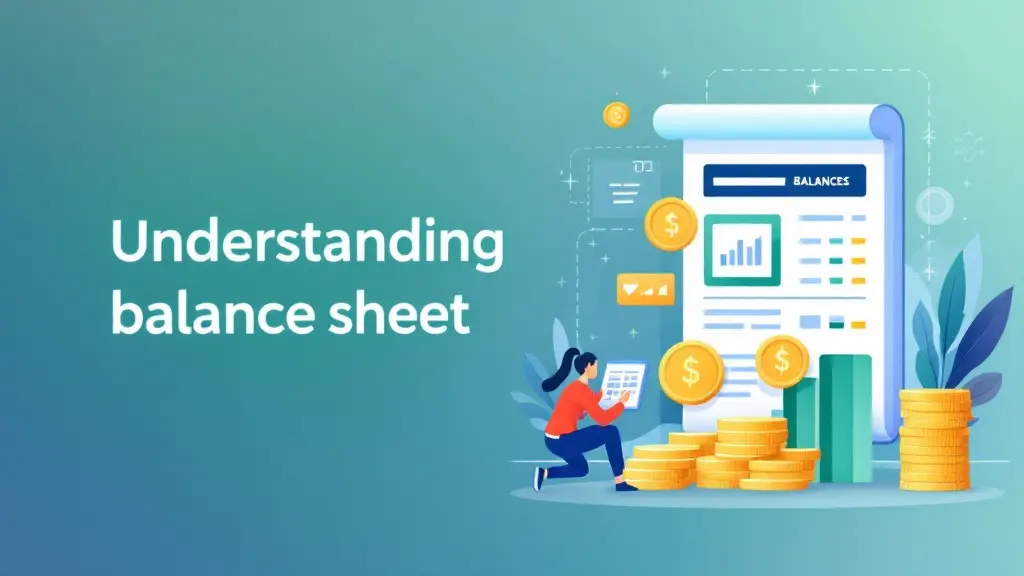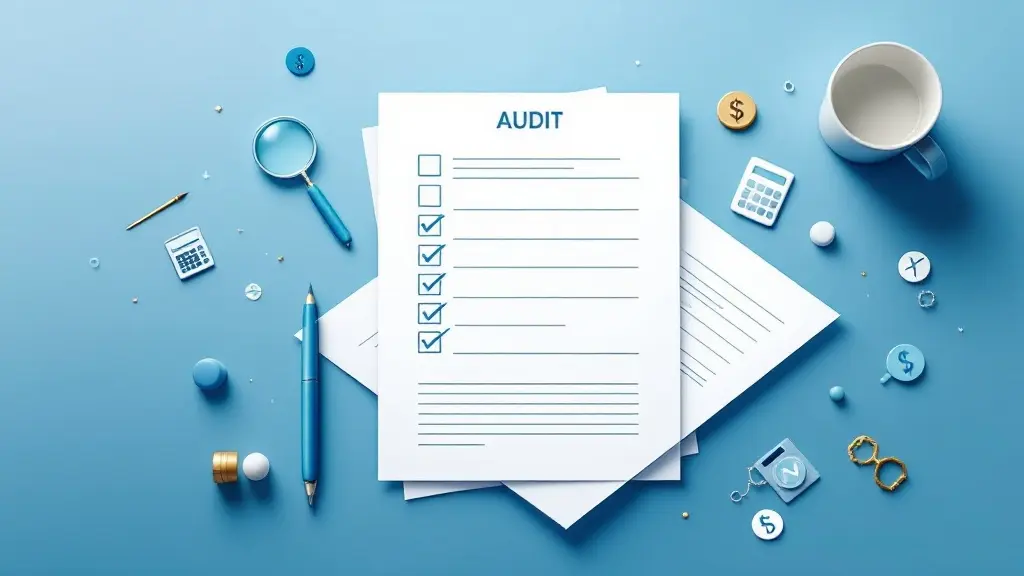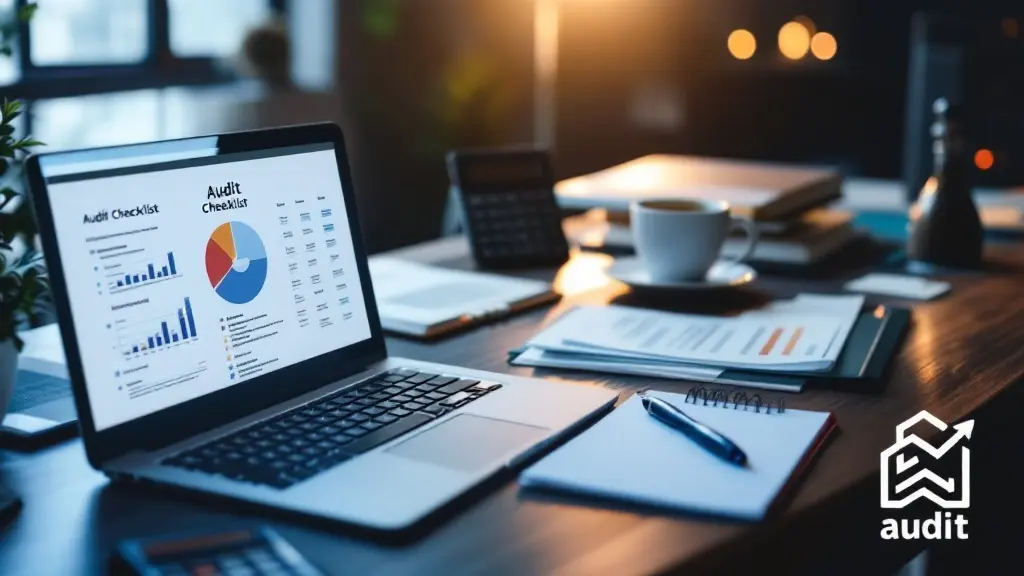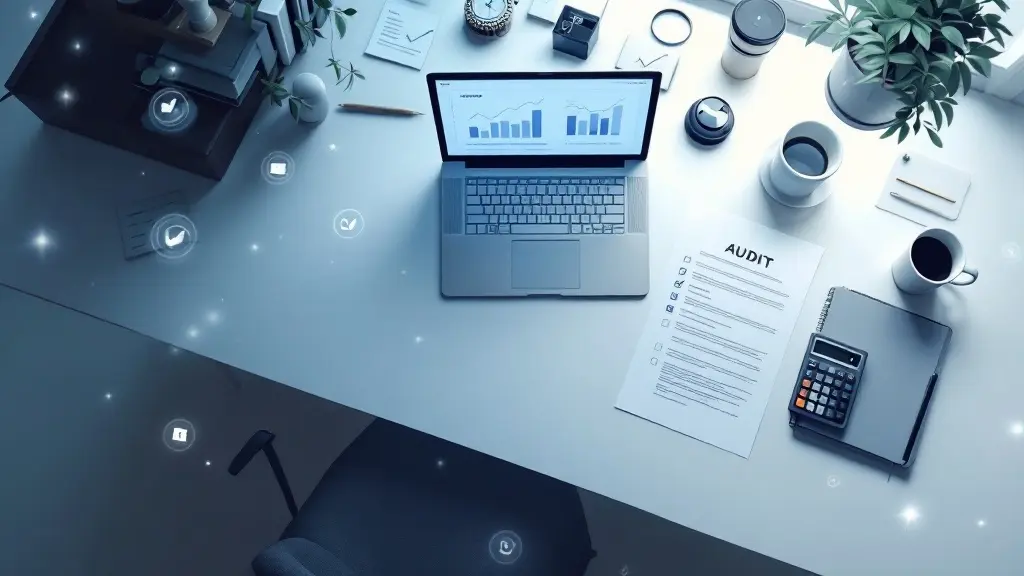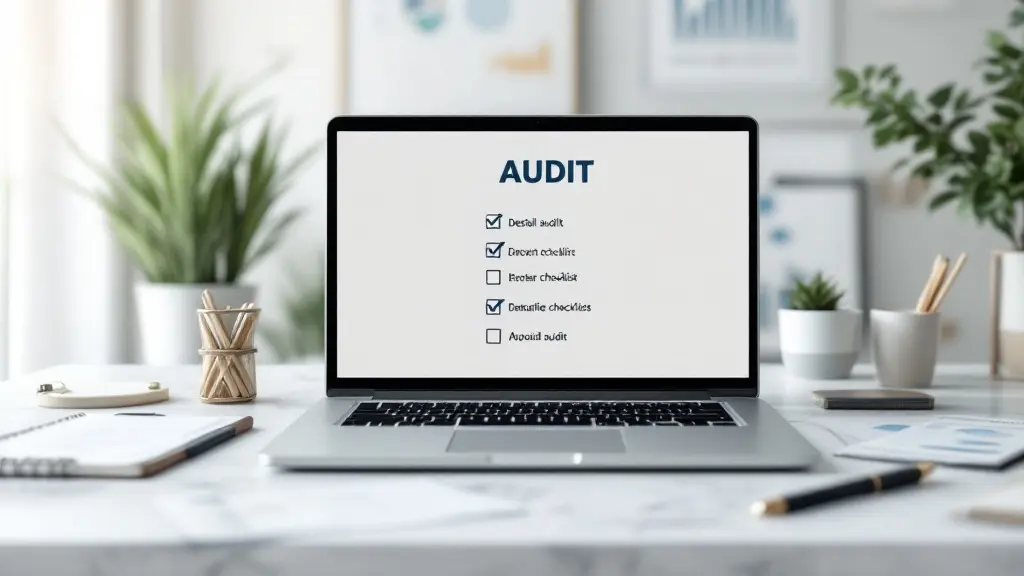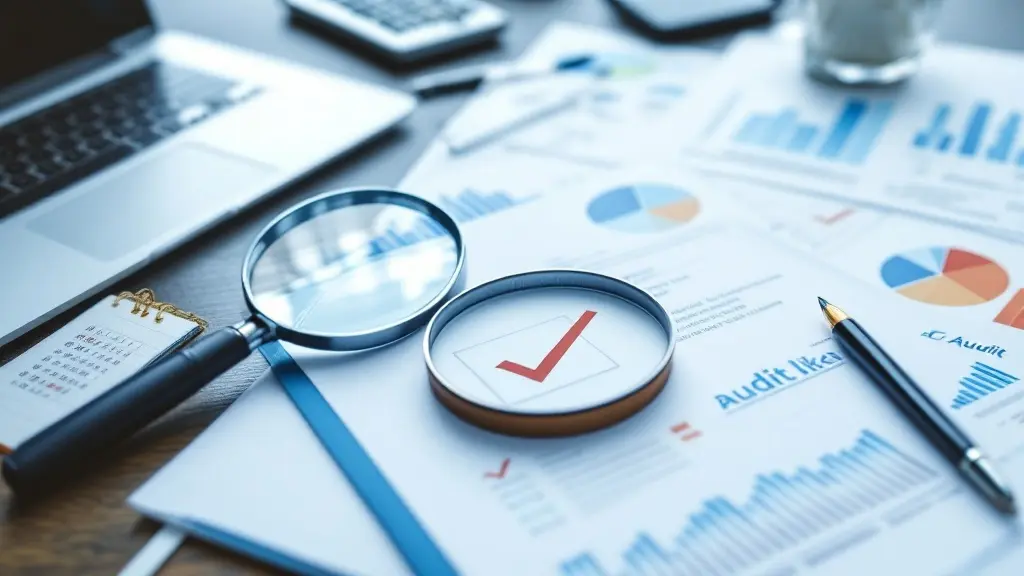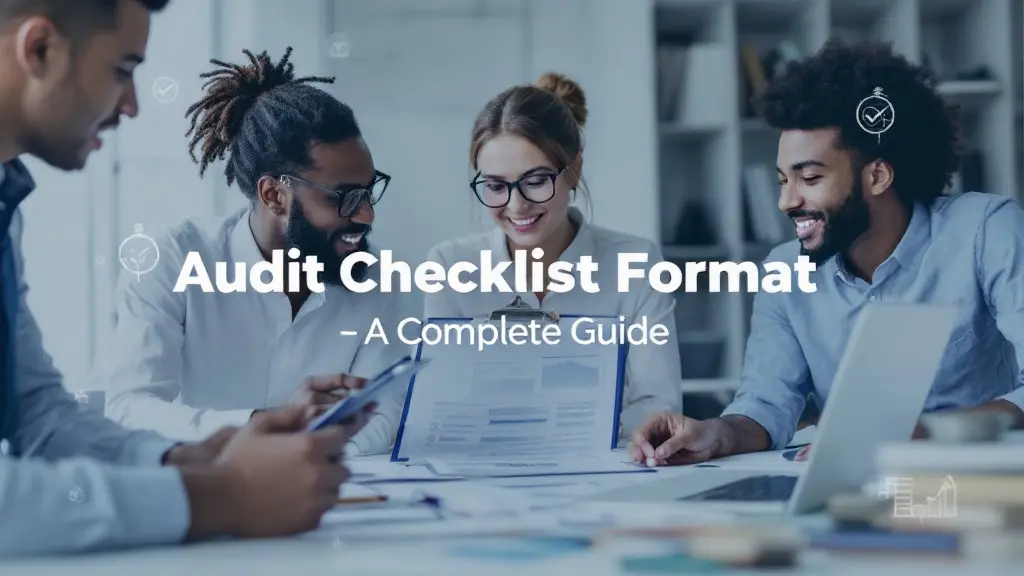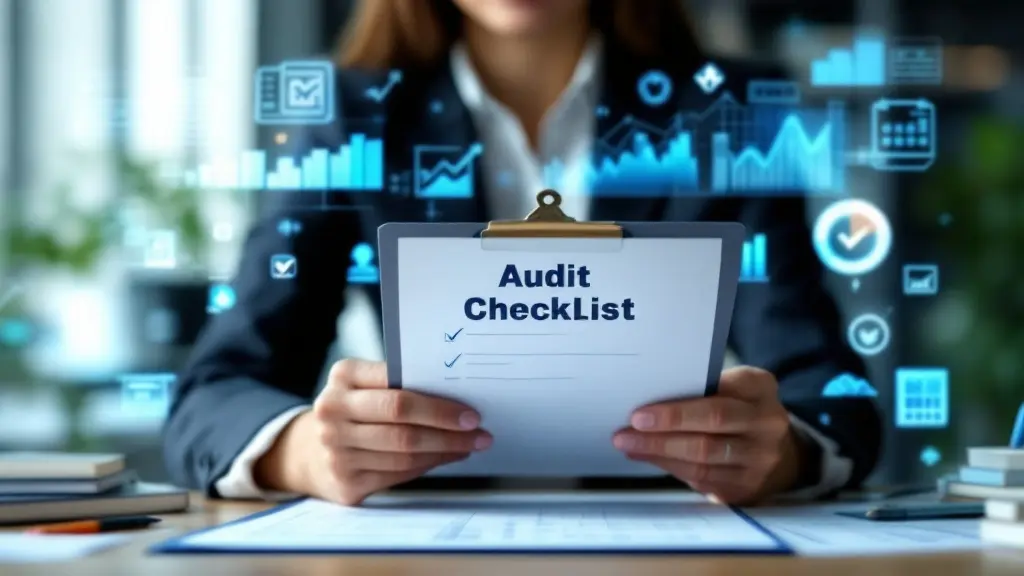Understanding Assets and Liabilities in Accounting: A Comprehensive Guide
Table of Contents
Most Read
[fusion_dropcap class="fusion-content-tb-dropcap"]I[/fusion_dropcap]n the world of accounting, understanding assets and liabilities is essential for anyone looking to gain insight into the financial health of a business. These two key elements form the foundation of the balance sheet, providing a clear picture of what a company owns and owes. Whether you’re a student, a business owner, or an investor, understanding the meaning of assets and liabilities is crucial for making informed financial decisions.
In this blog post, we will break down what assets and liabilities are, how they are categorized, and why they are so important for your financial statements. Let’s dive into the basics and explore how these two elements shape a company’s financial standing.
What Are Assets in Accounting?
Assets are everything a company owns that has value. These are resources that the company controls and can use to generate income or provide some form of benefit in the future. Assets can be both tangible (physical) and intangible (non-physical). They play a key role in determining the overall value and financial health of a business.
Types of Assets
- Current Assets
- Current assets are short-term assets that a company expects to convert into cash or use up within one year or during its operating cycle, whichever is longer.
- Examples include cash, accounts receivable (money owed by customers), inventory, and prepaid expenses.
- Why it matters: Current assets are important because they indicate the company’s ability to meet its short-term obligations and fund its day-to-day operations.
- Non-Current Assets
- Non-current assets, also known as long-term assets, are assets that are not intended to be converted into cash or used up within a year. These assets typically provide long-term benefits to the company.
- Examples include property, plant, equipment (PP&E), intangible assets (such as patents and trademarks), and investments.
- Why it matters: Non-current assets help determine the long-term value of a business and its potential for future growth.
- Fixed Assets
- Fixed assets are long-term tangible assets used in business operations. They are essential for the day-to-day functioning of the business and typically last for more than a year.
- Examples include buildings, machinery, and vehicles.
- Why it matters: Fixed assets are vital for capital-intensive businesses, such as manufacturing, and often form a significant portion of a company’s total assets.
- Intangible Assets
- Intangible assets are non-physical assets that still hold value. These can be intellectual property, brand reputation, customer lists, and goodwill.
- Examples include trademarks, patents, copyrights, and goodwill.
- Why it matters: Intangible assets are often difficult to quantify but can be incredibly valuable to a company, especially in sectors like technology, entertainment, and pharmaceuticals.
What Are Liabilities in Accounting?
Liabilities represent what a company owes to others, whether it’s money, goods, or services. In simple terms, liabilities are debts or obligations that a company needs to pay off in the future. Liabilities can be either short-term or long-term, and they must be settled at a specified time, often with interest.
Types of Liabilities
- Current Liabilities
- Current liabilities are obligations that a company expects to settle within one year or during its operating cycle, whichever is longer.
- Examples include accounts payable (money owed to suppliers), short-term loans, accrued expenses, and taxes payable.
- Why it matters: Current liabilities are crucial for assessing a company’s short-term financial health and its ability to pay off short-term debts.
- Non-Current Liabilities
- Non-current liabilities, also known as long-term liabilities, are debts or obligations that are due after one year or beyond the company’s operating cycle.
- Examples include long-term loans, bonds payable, and pension liabilities.
- Why it matters: Non-current liabilities are essential for understanding a company’s long-term financial commitments and the sustainability of its debt levels.
- Contingent Liabilities
- Contingent liabilities are potential obligations that depend on the outcome of a future event. These are not always recognized on the balance sheet but may be disclosed in the notes to the financial statements.
- Examples include pending lawsuits or warranties.
- Why it matters: Contingent liabilities represent risks that may arise in the future and impact the company’s financial stability.
The Balance Sheet: How Assets and Liabilities Are Linked
The balance sheet is one of the primary financial statements used in accounting, and it provides a snapshot of a company’s financial position at a given point in time. The balance sheet is divided into two main sections: assets and liabilities. The formula that balances these two sections is:
Assets = Liabilities + Shareholders’ Equity
- Assets represent everything the company owns.
- Liabilities represent everything the company owes.
- Shareholders’ Equity represents the owner’s interest in the company after liabilities are subtracted from assets.
Why this Equation Matters
The balance sheet must balance, meaning that a company’s total assets must always equal the sum of its liabilities and equity. This balance helps accountants and business owners assess the overall financial health of the business, ensuring it’s neither over-leveraged nor under-invested.
The Importance of Understanding Assets and Liabilities
Understanding the relationship between assets and liabilities is vital for several reasons:
- Financial Health Assessment:
- By analyzing the ratio of assets to liabilities, you can determine whether a business is in a good financial position. A business with more assets than liabilities is generally in a stronger financial position than one with more liabilities than assets.
- Decision-Making:
- Knowing the value of a company’s assets and liabilities helps business owners, investors, and creditors make informed decisions about lending, investing, or making strategic business choices.
- Profitability and Liquidity:
- Assets are essential for generating revenue, while liabilities represent the obligations the company must meet to maintain operations. A healthy balance between the two is crucial for ensuring the company remains profitable and liquid.
Common Terms Related to Assets and Liabilities
- Net Worth: The difference between total assets and total liabilities. It represents the value of the company after all debts are paid.
- Liquidity: The ability to quickly convert assets into cash without significant loss in value. Cash and accounts receivable are typically considered highly liquid assets.
- Debt-to-Equity Ratio: A financial ratio that compares a company’s total liabilities to its shareholder equity. It’s a measure of financial leverage and helps assess a company’s risk.
- Working Capital: The difference between current assets and current liabilities. It is a measure of a company’s short-term financial health.
Key Takeaways
- Assets are everything a company owns that holds value, such as cash, property, and intellectual property.
- Liabilities are what a company owes to others, such as loans, accounts payable, and long-term debts.
- The balance sheet is a critical tool for assessing the financial health of a business by comparing assets, liabilities, and equity.
- Analyzing assets and liabilities helps business owners and investors make informed financial decisions, manage risks, and ensure profitability.
By understanding assets and liabilities, you can better assess the financial position of a business, make more strategic decisions, and ultimately ensure the long-term success of your organization.
Conclusion
Assets and liabilities are fundamental to the world of accounting. They not only reflect the financial position of a business but also play a key role in decision-making. Whether you’re a small business owner, a student, or an investor, understanding how these elements interact will help you navigate the world of finance with greater confidence. So, next time you look at a balance sheet, you’ll be equipped with the knowledge to interpret what’s really going on behind the numbers.
